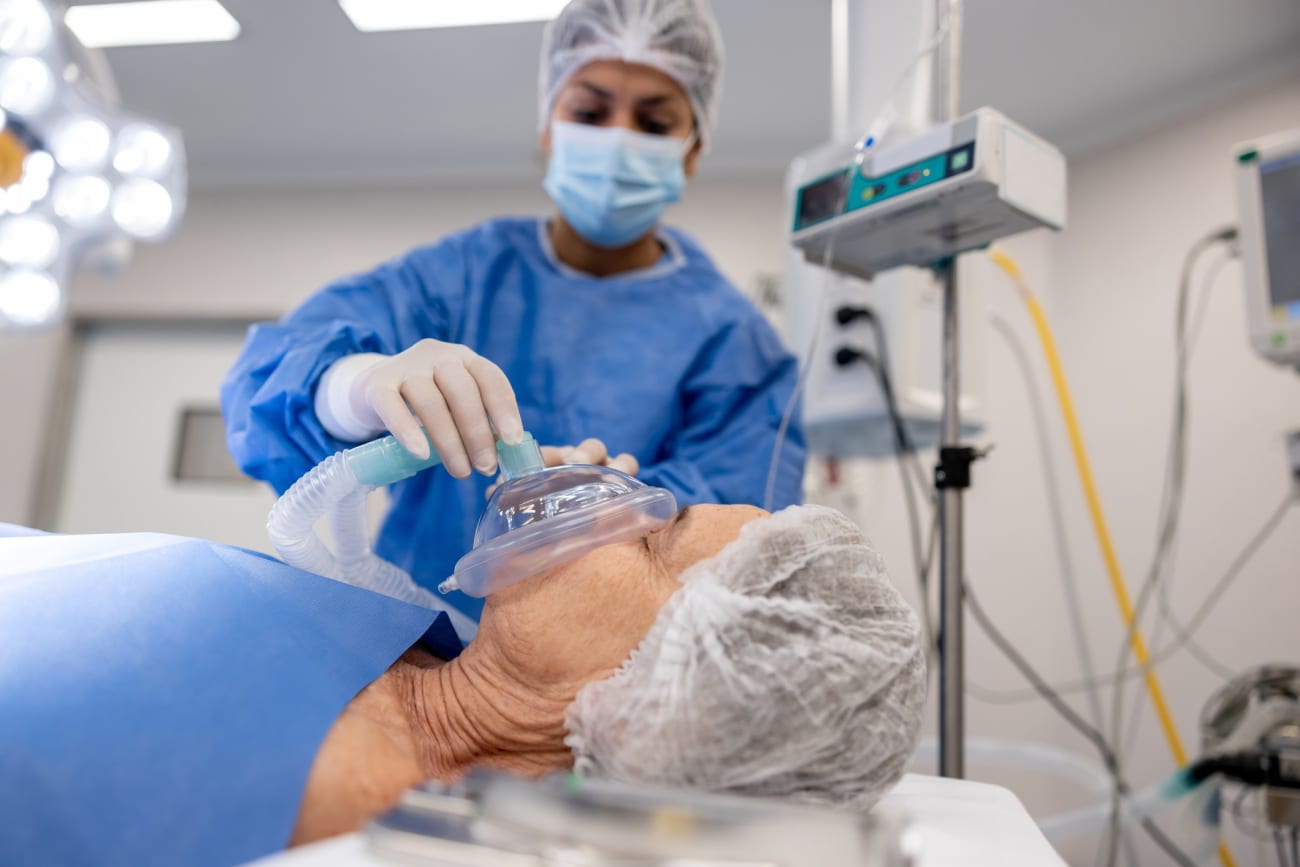Every facet of ERAS targets factors of delayed recovery, such as slow return of bowel and urinary function, immobility, and pain.
Transurethral resection of a bladder tumor (TURBT), an outpatient procedure, “is often described as an ‘incision-free’ and ‘well-tolerated’ operation,” says urologist Max Kates, M.D., Director of Urologic Oncology at the Brady. But the people doing the describing generally are not the people who actually experience TURBT. In fact, “many patients experience significant distress and discomfort with the procedure.”
Earlier in 2023, Kates led a multicenter prospective study to characterize recovery and define the toxicity, or side effects, of ambulatory TURBT. “The main postoperative problems for patients included dysuria (painful or uncomfortable urination), penile or vaginal pain, suprapubic pain, and urinary urgency and frequency,” Kates says. The study’s participants included 159 patients with a median age of 72 years who had undergone two prior TURBTs. About 48 percent reported dysuria, 44 percent reported penile pain, and 22 percent reported vaginal pain. Patients with a higher body mass index reported worse dysuria, and patients with diabetes were more likely to experience suprapubic pain. Other problems included urinary urgency and frequency; constipation; and lack of sleep; 10 percent of patients reported an urgent clinic or Emergency Department visit, and about 7 percent had to be admitted to the hospital.
The study’s findings confirmed what Kates and colleagues already knew: “The amount of distress and discomfort experienced by some patients after TURBT is underappreciated.” The investigators are determined to do something about it. “We want to improve the TURBT experience,” says Kates.
What is ERAS? At Hopkins, more than 4,000 surgical patients each year are benefiting from a protocol called Enhanced Recovery After Surgery (ERAS). Every facet of ERAS targets factors of delayed recovery, such as slow return of bowel and urinary function, immobility, and pain. So far, ERAS has worked well in more than 20 colorectal and gynecological procedures.
A Brady team led by Kates believes ERAS can help TURBT patients, too. After doing some more listening – to patients as well as doctors – the team came up with TURBT-specific perioperative improvements (implemented immediately before, during, and in the recovery period after surgery). “We developed our ERAS protocol based on feedback from 159 patients who responded to surveys, input from a convened panel of bladder cancer patients, and guidance from a group of clinicians who care for these patients.”
This fall at Hopkins, to evaluate the effectiveness of this TURBT-specific ERAS protocol compared to usual care, Kates and colleagues will conduct the Enhancing Bladder Cancer Care (EMBRACE) Randomized Controlled Trial. “We will enroll 100 patients with suspected or known bladder cancer, age 18 and over, who are undergoing initial or repeat ambulatory TURBT,” he says. “We hypothesize that patients exposed to the ERAS protocol will experience higher quality of recovery after ambulatory TURBT compared to those receiving usual care.”

